A Coruña, also known as La Coruña and Corunna, is a coastal city located on a rocky peninsula in northwestern Spain. It is the capital of the A Coruña province and is known as one of Galicia’s most attractive cities.
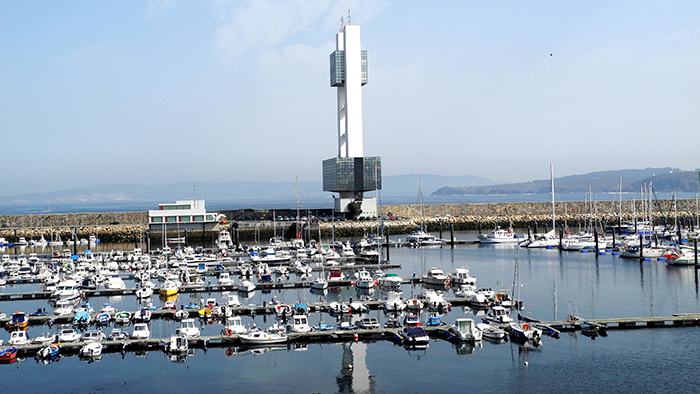
A Coruña’s emblem, the Tower of Hercules, is also a UNESCO World Heritage Site and the city’s top attraction. It is a structure that represents the Roman occupation of the Iberian Peninsula, during which A Coruña was a strategic port city that granted the Romans access to the British Isles. In 62 B.C., Emperor Julius Caesar visited A Coruña, which at the time was called Brigantium. His visit marks the beginning of the city’s evolution into one of the grandest metropolises of the Western Roman Empire.
Once the Roman Empire collapsed, the city often fell victim to Viking and Norman attacks, but its people managed to persevere. A Coruña’s most defining moment came on January 16, 1809, during the Battle of Corunna when the British defeated the Napoleonic French troops, who were after control of the Iberian Peninsula. It was during this historic battle that British Army officer Sir John Moore, perished. His tomb is now located in A Coruña’s San Carlos Gardens.

A Coruña is a city full of surprises. From the medieval Cidade Vella, or old town, to the ultra modern 21st century buildings along the water, A Coruña’s urban layout is stunning and singular. It is the perfect walking city because of the Paseo Marítimo, a ten-kilometer-long seaside promenade that encircles the city. Once the project is completed, it will be the longest of its kind in Europe. A distinctive culture exists here – one that is closely tied to the sea. Urban beaches, striking architecture and picturesque water views at every turn contribute to the city’s charismatic ambiance.
Galicia is also one of the popular destination among gourmets. Depends on where are you traveling from, you will need to apply Spanish toursit visa beforehand. As is the case in all Spanish cities, I highly recommend booking a tour to make the most of your time there.

It would be a shame to visit A Coruña without seeing the type of marine life that exists beneath the ocean’s surface. At Aquarium Finisterre, guests have the opportunity to view Atlantic Ocean marine species in a modern, educational setting. Revive your inner kid once you step through the glass doors of Aquarium Finisterre.
Beautifully lit tanks hold a variety of saltwater creatures including crab, jellyfish, starfish, rays, squid and sharks. Get up close to the largest of these tanks, the Maremagnum. Here, schools of large and small fish put on quite a display for visitors as they twirl and glide through the water.
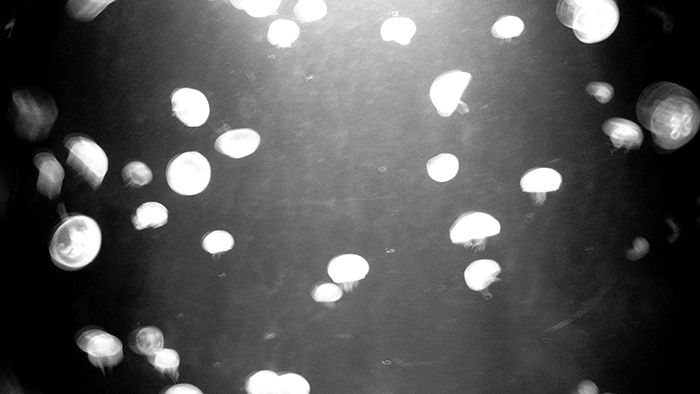
Throughout the museum, visitors have the opportunity to learn about the animals, their environments and about the global changes that are taking place in the oceans today. Outside, there is a terrace and large saltwater tank that is home to an energetic seal pod. A visit to the aquarium is the perfect compliment to your Galician adventure, especially if you have ever been curious about what lies beyond Spain’s shores.
Check out the Top 13 Things to Do in Granada, Spain

Aquarium Finisterre is open January 2nd to April 30th, Monday through Friday 10 a.m. to 6 p.m. and weekends 11 a.m. to 8 p.m.; May 1st to June 30th, Monday through Friday 10 a.m. to 7 p.m. and weekends 11 a.m. to 8 p.m.; July 1st to August 30th, every day 10 a.m. to 9 p.m. General admission is €10.
Galicia is also one of the popular destination among gourmets. Depends on where are you travelling from, you will need to apply a Spanish tourist visa beforehand. Here are the top 10 things to do in La Coruña, Spain!

Castillo de San Antón, or Saint Anthony’s Castle, is a 16th century fortress situated along the Paseo Marítimo at the edge of A Coruña Bay. Its original purpose was to guard the bay against any naval attacks. Nowadays, this stone guardian is home to the Archaeological Museum.
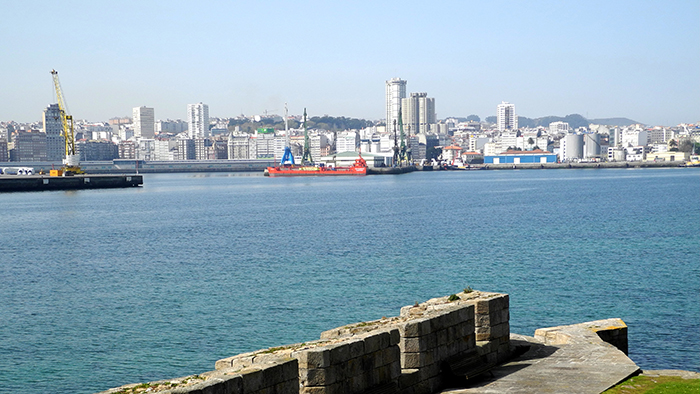
For €2, visitors can roam the upper terrace and see the original cannons. Within the old artillery keeps there are exhibits with artifacts from the area. Objects on display include Celtic jewelry, bronze military gear and Roman inscriptions. In an hour your visit to Castillo de San Antón will be complete. You’ll leave with a better understanding of the area’s past as well as lovely photographs of the adjacent marina.
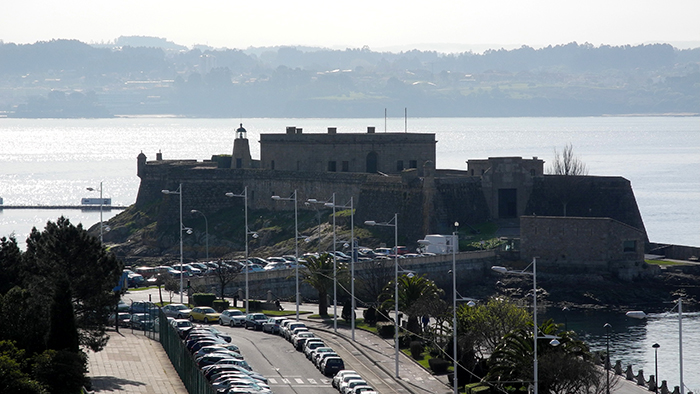
From September through June, Castillo de San Antón is open Tuesday to Saturday from 10 a.m. to 7:30 p.m. and Sundays from 10 a.m. to 2:30 p.m. During July and August, it is open Tuesday to Saturday from 10 a.m. to 9 p.m. and Sundays from 10 a.m. to 3 p.m. Castillo de San Antón is closed on Mondays.
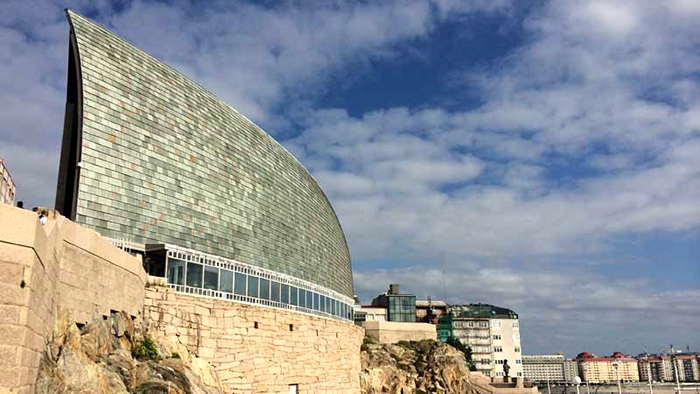
As the first museum ever to be entirely dedicated to the human species, Domus shines as a source of pride for Galicia. Japanese architect Arata Isozaki designed the Domus complex to look like a ship sail. It contains a museum, restaurant and IMAX theater. The museum has three major exhibition halls showcasing genetics, humanity and evolution.
Check out What to See and Eat in Ourense, Spain
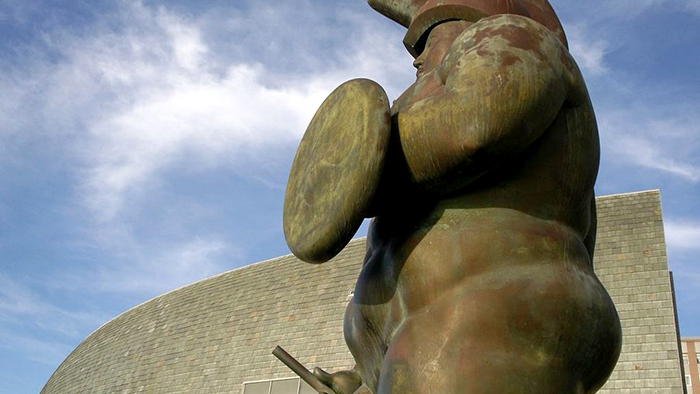
Visitors learn about the human genome, what makes people alike and different and how the human has evolved from ape to person. With over 200 interactive displays and creative models, it is hard not to marvel at how far our species has come – from cave community to modern city-dwellers in just under three million years!

Domus is open January 2nd to April 30th, Monday through Friday from 10 a.m. to 6 p.m. and weekends from 11 a.m. to 7 p.m.; May 1st to June 30th, Monday through Friday from 10 a.m. to 7 p.m. and weekends from 11 a.m. to 8 p.m.; July 1st to August 30th, every day from 10 a.m. to 8 p.m. General admission is €2 and IMAX shows are €7.

The grandest and most significant of the city’s plazas is María Píta Square. This is the heart of modern A Coruña, but also a symbol of its tumultuous past. María Píta (short for María Mayor Fernández de Cámara Píta) was a 16th century local woman who is celebrated as the heroine of the city. She is credited with killing an English soldier and inciting a counter attack by A Coruñan forces against the English Armada being led by Sir Francis Drake.
Check out Things to See in Caceres, Spain

Tales of her bravery even led to King Phillip II of Spain honoring her for helping A Coruña defend against the British on that fateful day on May 4th, 1589. Her legend has even spawned interest in her personal belongings; the María Píta House Museum (Calle Herrerías, 28) is a place where visitors can learn about her life. Admission to the museum is free. Today, a statue of her stands in María Píta Square for all to admire.

This simple, modern building houses over 5,000 square meters of gallery space in which stunning works of art are showcased. Rebuilt completely in 1995, Museo de Bellas Artes (Fine Art Museum) is a multi-faceted space dedicated to an array of paintings, sculptures, decorative arts and archaeological finds from the 16th through 20th centuries. Works span across various genres – from Renaissance to modernist.

Permanent and rotating exhibitions maintain the museum’s reputation as a relevant and significant fixture in A Coruña’s cultural scene. The museum is best known for having two major works by Flemish painter Peter Paul Rubens, Psiqe (1636) and Dedalos and the Minotaur (1636). In 1985, these two paintings were stolen due to poor security measures, but they were eventually recovered and are now proudly (and safely) on display again.
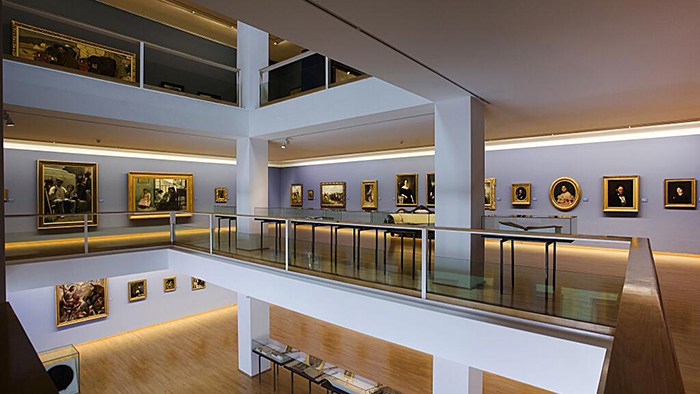
Museo de Bellas Artes is open Tuesday to Friday from 10 a.m. to 8 p.m., Saturdays from 10 a.m. to 2 p.m. and 4:30 p.m. to 8 p.m. and Sundays from 10 a.m. to 2 p.m. (closed on Mondays). Admission is €2.40.
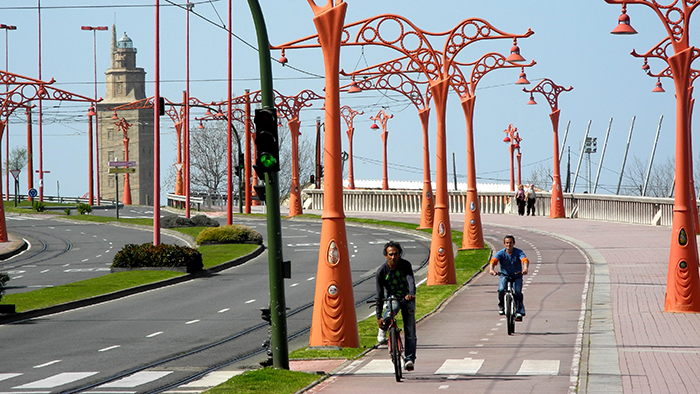
For those who do not shy away from a little exercise, the Paseo Marítimo is the best way to stroll around the city on foot. And I do mean around; this scenic promenade winds around the entire old town from the Orzón Beach to the marina by María Píta Square. When completed, this impressive stretch of pedestrian-friendly walkway will be eight miles in length.
Check out What to See in Lugo, Spain

The Paseo Marítimo not only has unobstructed ocean views, it also guides visitors directly to many of A Coruña’s attractions, including the Torre de Hércules, Castillo de San Antón, Aquarium Finisterre, Domus and several urban beaches.
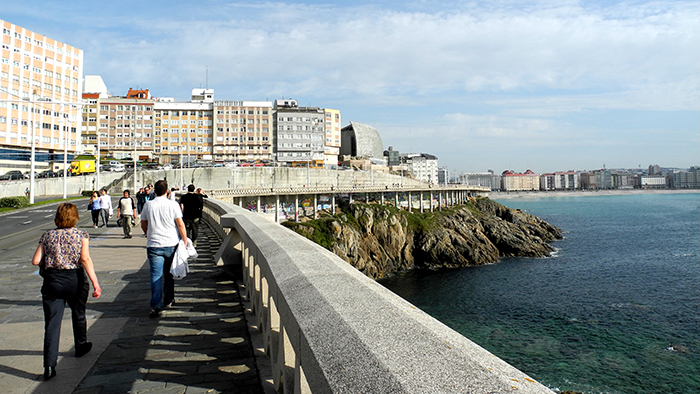
If walking a six-mile stretch does not appeal to you, there is always the tram system, or tranvía. These colorful trolleys were made a permanent part of the tourism scene here in 1997.
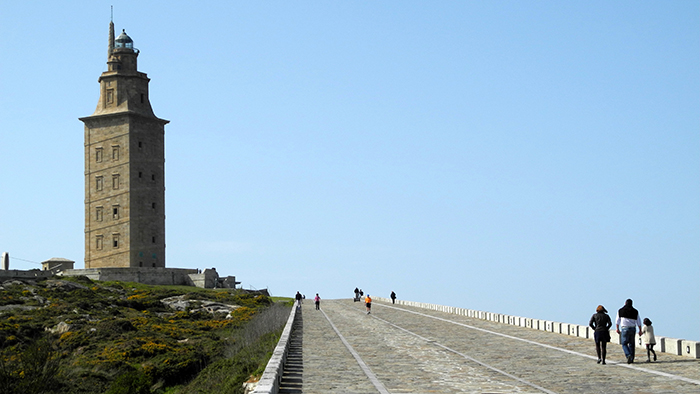
Since 2009, this Roman lighthouse has been a UNESCO World Heritage Site. It measures 180 feet in height and looks over the northern Atlantic Ocean like a sentinel. It was originally constructed in the 2nd century A.D. and is the oldest Roman lighthouse still in operation!

The Torre de Hércules, or the Tower of Hercules, has evolved into the symbol of the city. If you’re wondering why its façade doesn’t look, well, ancient; it’s because it was almost entirely reconstructed during the 18th century as part of a three-year project by King Carlos IV.
Check out the 7 Things to Do in Santiago de Compostela, Spain
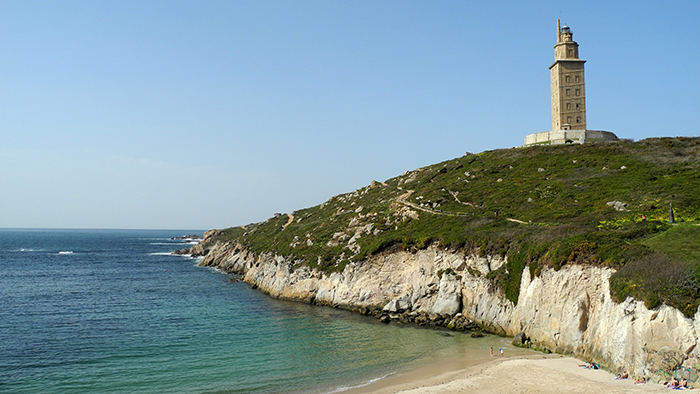
A 123-acre urban park adorned with sculptures, benches and grassy lawns surrounds the Torre de Hércules. Visitors can climb to the top of the tower for optimal views of the city and the surrounding ocean. General admission for Torre de Hércules is €3, entrance is free on Mondays.
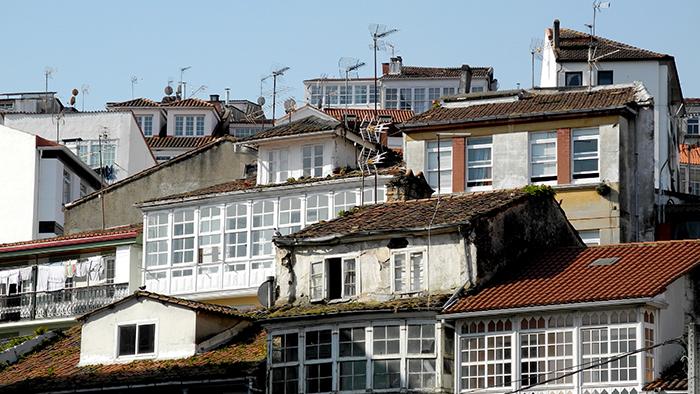
Known for its well-preserved historical quarter, local wines and medieval architecture is Betanzos, a small town located about 25 kilometers southeast of A Coruña. Betanzos is situated in a unique spot – where two estuarial rivers, the Mendo and the Mandeo, converge. The town is quiet, but has loads of Galician character and charm.
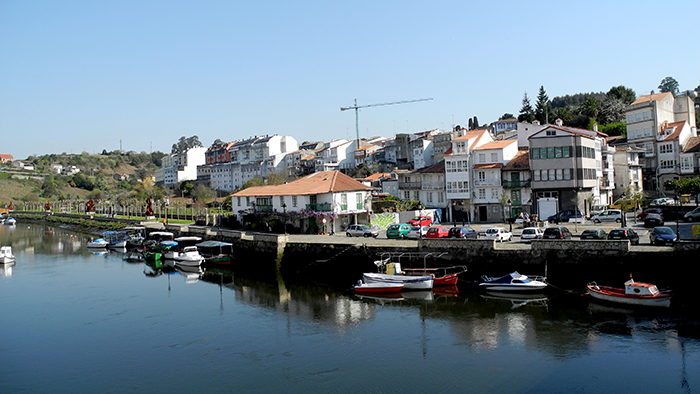
Scattered throughout Betanzos are the many endowments gifted by the town’s most notable citizens, the García Naveira brothers. During the 19th century, businessmen and world travelers Juan and Jesús García Naveira dedicated a large portion of their fortunes to the betterment and revival of their hometown.
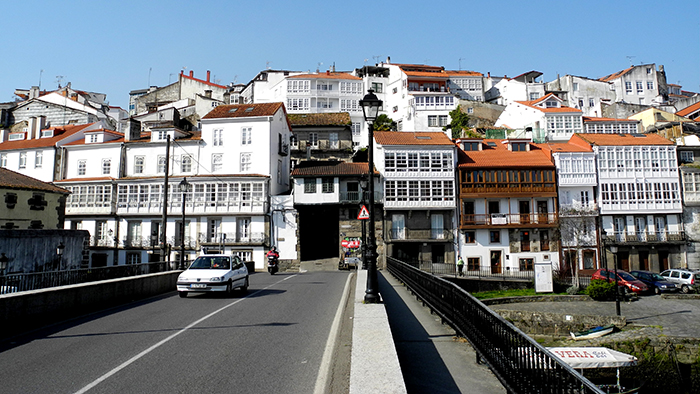
In an effort to put Betanzos on the map and attract outside visitors, the brothers constructed several civic complexes including Pasatiempo Park and Gardens, García Naveira Square and the García Naveira School.
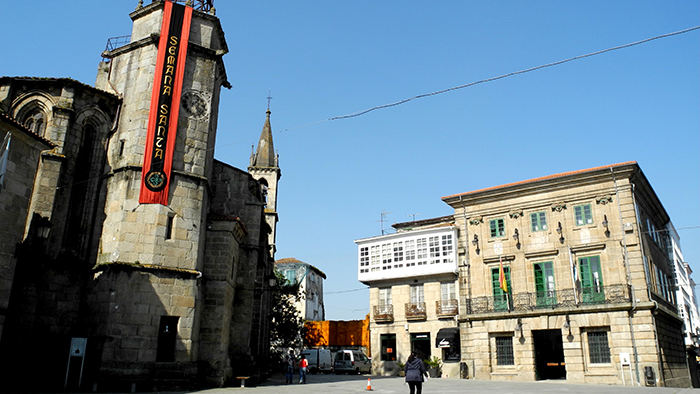
After parking and a quick stop at the tourism office (Plaza de Galicia, 1), visitors can stroll the town’s historical quarter, beginning with García Naveira Square – the heart of Betanzos. Other points of interest include three medieval gates, Church of Santiago, Church of Santa Maria del Azogue, Church of San Francisco and Pasatiempo Park and Gardens.
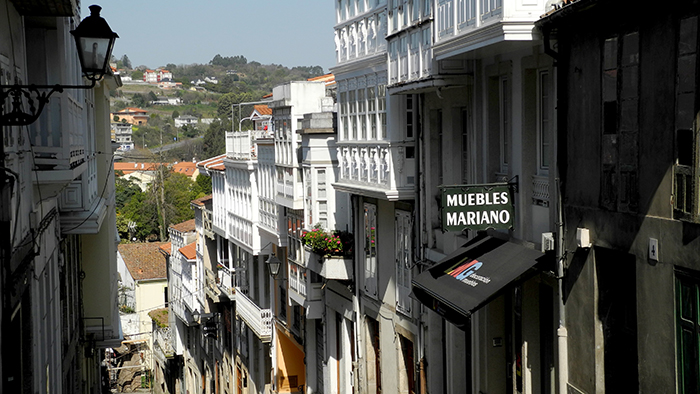
Those traveling in the area during mid-July should schedule their visit to Betanzos to coincide with the Medieval Festival. Each year during the second weekend of July, the streets of the old city turn back the clock to celebrate the town’s medieval heritage. Street vendors, puppeteers and musicians don realistic costumes and the streets are alive with activities, shows and food stands. Everyone is invited to take part in this artisanal and gastronomic celebration.
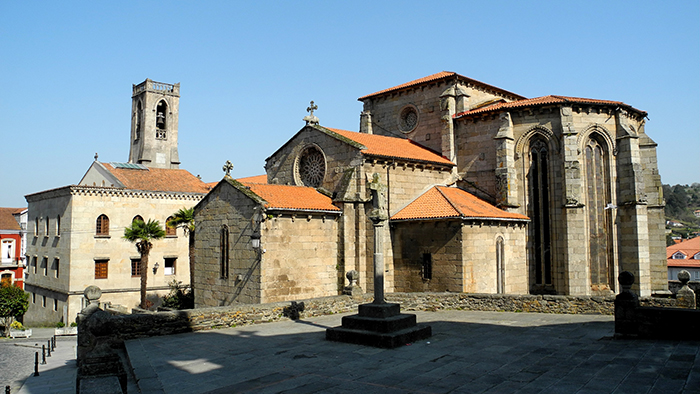
In a morning’s time one could explore the entirety of Betanzos on foot. Its rich history and antique charm make this a great getaway from bustling A Coruña.
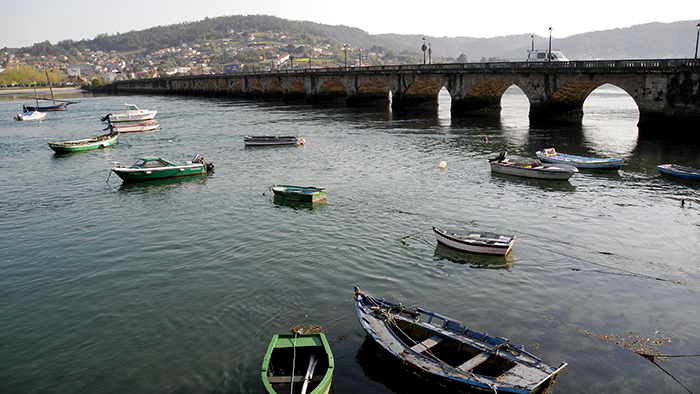
Postcard-worthy towns are a dime a dozen throughout Galicia, and Pontedeume is another one of these picturesque places. Located about 39 kilometers northeast of A Coruña, Pontedeume is easy to get to and ideal for those who do not want to venture too far from A Coruña on a day trip. The town sits along the estuarial Euma River and is bordered by Mount Breamo, which makes for a spectacular landscape.
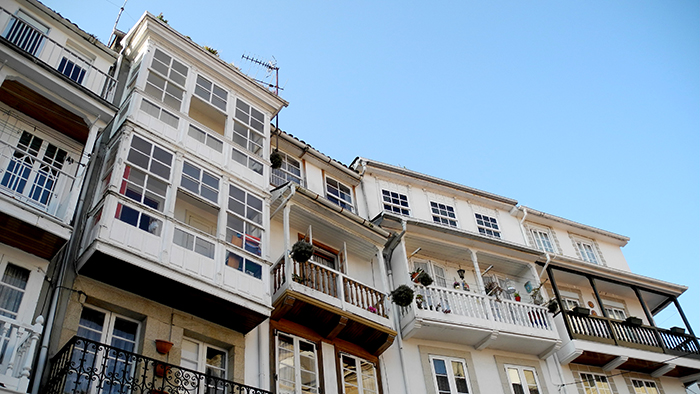
The quaint port area with its strung-up dinghies and fishing boats greets arriving tourists, but it’s the stone bridge that steals everyone’s attention. This impressive 15-arch extension of the N-651 Highway is one of the town’s iconic constructions. It was first built in the 14th century for religious pilgrims on their way to Santiago de Compostela. The original structure had 68 arches and featured two towers, a chapel and a hospital for weary or sick travelers. The bridge was eventually reconstructed and fortified during the 19th century, and now forms part of the scenic route to and from the city of Ferrol.
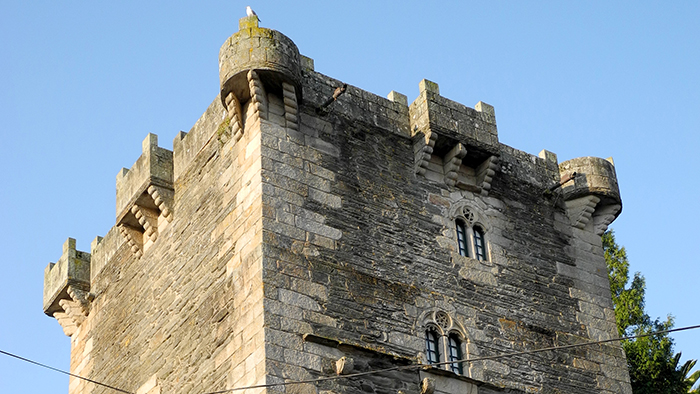
Other points of interest in Pontedeume include the 14th century Andrade Tower, remnants of the old city walls, the Archbishop’s Palace, Santiago Church and Calle Real, where the weekly farmers market takes place every Saturday from 7 a.m. to 7 p.m.
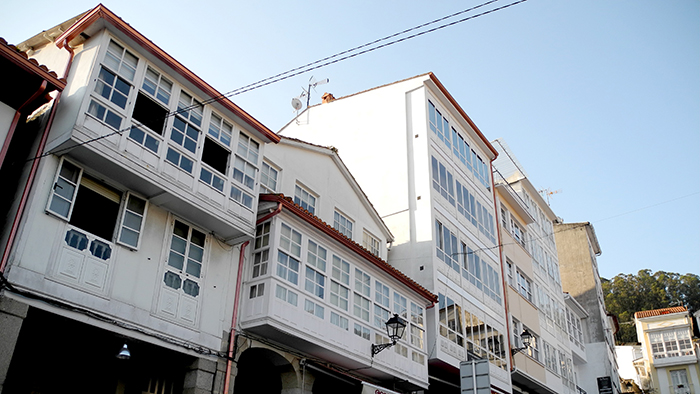
Since 2010, Pontedeume has hosted the Feirón Medieval, or Medieval Festival. Citizens and visitors alike dress up in medieval garb and get the chance to experience outdoor concerts, swordfights, juggling shows and elaborate banquets. The Medieval Festival is also a fantastic opportunity to sample some of the local foods like octopus, sausage, smoked meats and traditional Galician desserts.

For nature lovers, the area around Pontedeume is a verdant escape and the ideal opportunity to get to get acquainted with the local flora and fauna. The fragas, or forests, around the Euma River are home to birds, boar and wild cats. The Parque Natural de las Fragas del Eume is just a short drive along the AC-114 from Pontedeume. In the heart of this scenic nature reserve is the 9th century Caaveiro Monastery, which offers up incredible panoramic views of the area.
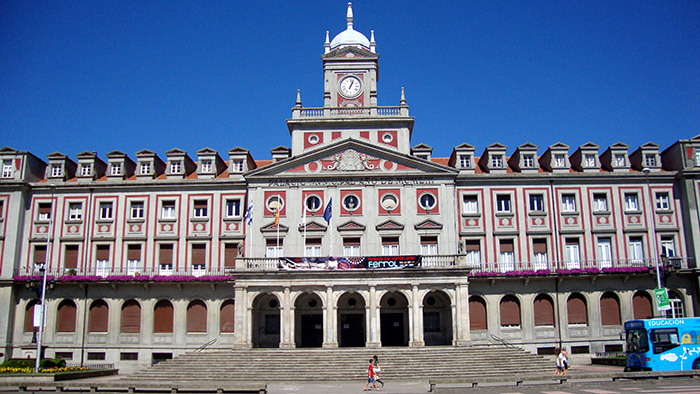
Since the Roman occupation over 2,000 years ago, Ferrol’s legacy and purpose has been closely tied to the sea. It was once a major stop on the Camino de Santiago route from Britain and Northern Europe. Under King Ferdinand VI, Ferrol became Galicia’s leading naval port during the 18th century. The city is also known for being the birthplace of Spanish general Francisco Franco (1892-1975).
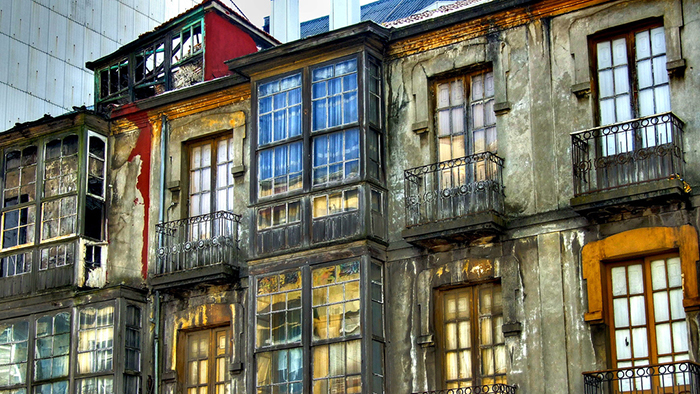
Ferrol has an impressive port area known as Ferrol Vello, but in comparison to other Galician cities, has little to offer in terms of remarkable architecture. The only exceptions are the Castillo de San Felipe, or the San Felipe Castle, which sits at the water’s edge, and a handful of modernist buildings scattered throughout the city. What Ferrol does have, however, is a number of white sand beaches in close proximity. Other points of interest include the Exponav Naval Museum, Magdalena District and the Magdalena Market (open Monday through Saturday until 4 p.m.).

Other activities include riding the Tourist City Train for a one-hour tour (departs Tourism office at Curuxeiras Wharf) and sailing on the Ferrol estuary. Ferrol is located 50 kilometers northeast of A Coruña.

A Coruña is a city steeped in maritime traditions and has a ton of urban charm. During my trip, the cable car along the Paseo Marítimo was not in operation, but walking along Europe’s longest seaside promenade made for some incredible photographs and the chance to get well acquainted with this remarkable city. Bicycling is also a common method of transportation. Check with your hotel to see if it rents out bicycles to guests. María Píta Square is an excellent way to start your visit off. This bustling plaza serves as the perfect meeting place, ice cream pit stop or people-watching vantage point. From here, the city extends out in each direction and every neighborhood offers something different for travelers whether it’s shopping, culture or cuisine.
Venturing out of A Coruña is both fun and easy with an excellent network of highways and a variety of seaside towns in close proximity. The area around Ferrol is known for having pristine white sand beaches, but with seven beaches within city limits, you may not want to leave A Coruña at all. This is a city where lovers of art, food and architecture come to soak in the unique culture. It is a place where history comes alive in the ancient structures that are still standing. And it is a place that you won’t soon forget once you have walked its captivating streets.
Time zone: GMT +1
Getting around: A Coruña is a pedestrian-friendly city, especially around the historical district. The touristic tranvía, or cable car system, is another convenient method of transportation that takes riders on a loop around the city with stops at many of the major attractions. A one-way ticket costs €2 per person. Stops along the route include Dársena – Castillo de San Antón – Maestranza – San Amaro – Torre de Hércules – Aquarium Finisterrae – Domus – Playa del Orzán – Playa de Riazor.
Shopping: Shopping in A Coruña is a regular pastime for residents and tourists alike. Along the narrow streets that converge in María Píta Square are a variety of shops selling everything from watches and fine jewelry, to books and handbags. A Coruña is no stranger to the latest fashions. It has a thriving textile industry due in part to the multinational company, Zara, whose billionaire CEO, Amancio Ortega, opened the first of many stores here in 1975. The hottest trends in Spanish fashion are available throughout the city. Stores are typically open in the mornings from 10 a.m. to 2 p.m. and in the afternoons from 4:30 p.m. to 8 p.m. Many stores are closed on Mondays.
Hours of operation: Typical hours of operation are from 9 a.m. – 2 p.m. and 5 p.m. – 8 p.m.
Nightlife: Like most cities in Galicia, A Coruña offers a plethora of things to do once the sun goes down. The Spanish know how to enjoy themselves, and what better way to celebrate their lust for life than with comfort food and local wine? Going out for tapas and copas is the best way to get acquainted with A Coruña after dark. Start your evening off in María Píta Square, and then make your way up any of the streets, stopping at any pub or restaurant that catches your eye. The club district, located around Riazor Beach, is the area of choice for those looking to extend their night into the wee hours of the morning.
Currency: Euro.
Currency converter: XE
Best time to go: May through October. July and August are when the city sees the most influx of tourists in addition to soaring temperatures. Reserve your hotel, restaurants and tours well in advance if you plan on visiting A Coruña in the summer months.
Did you enjoy our article of the top 10 things to do in La Coruña, Spain? Leave us a question or comment below!
Counter
101 Countries • 1432 Cities